Komentáře / Otázky (30)
![]() Wendy Carter napsala:
Wendy Carter napsala:
I bought this pattern and wool while on holiday’s in Norway,didn’t know it was knitted neck down and seeing I’m old I can’t understand it. Is this pattern also done from the bottom,I have knitted fairisle on circular kneedles before. Please help
09.05.2025 - 02:12Odpověď DROPS Design :
Dear Mrs Carter, there is only a top down version of this pattern but you will find a video and a lesson showing how to work a raglan jumper top down, this should help you to visualize how to do. Instead of increasing for raglan you will here increase for yoke evenly on the rounds with an arrow in the diagram. Happy knitting!
09.05.2025 - 08:03
![]() Joelle Dalègre napsala:
Joelle Dalègre napsala:
Reprendre les 60-64-68-76-76-80 mailles en attente sur le fil sur un des côtés de l'ouvrage avec la petite aiguille circulaire/les aiguilles doubles pointes 4 et relever 1 maille dans chacune des 8-8-12-12-16-16 mailles montées sous la manche = 68-72-80-88-92-96 mailles. Je n'ai pas bien compris. En L je dois relever 6 mailles de chaque côté de chaque manche. Dois-je le faire en 1 fois ou en 6 tours ? merci par avance.
09.03.2025 - 09:14Odpověď DROPS Design :
Bonjour Mme Dalègre, vous allez relever ces 12 mailles (en L) dès le 1er tour de la manche, retrouvez cette étape dans cette leçon, à partir de la photo 18B. Bon tricot!
10.03.2025 - 09:21
![]() ALVAREZ Sophie napsala:
ALVAREZ Sophie napsala:
Suite à votre il manque du rose 80 et vieux rose 39
16.12.2024 - 12:34
![]() ALVAREZ Sophie napsala:
ALVAREZ Sophie napsala:
Je suis entrain de réaliser ce modèle en taille L et malheureusement, pour faire la deuxième manche je n'ai pas assez de laines dans certaines couleurs.
11.12.2024 - 08:28Odpověď DROPS Design :
Bonjour Mme Alvarez, votre tension est elle bien juste en largeur mais aussi en hauteur, pour le jersey aussi bien que pour les rangs jacquards? Quelle(s) couleur(s) vous manque-t'il? Merci pour votre retour. Bonne continuation!
12.12.2024 - 10:14
![]() Alice napsala:
Alice napsala:
Die Anleitung kann man leider nicht Speicher, die Datei ist beschädigt. schade
30.05.2024 - 20:41
![]() Sandkasse napsala:
Sandkasse napsala:
Jeg har brugt 800 gram (færdig vægt) til str XXL\\r\\nJeg måtte trævle den nederste kant op, da den flaner når man strikker den med de ekstra masker. Den blev pæn da jeg strikkede den uden at tage ud. Det samme gælder ærmer kanterne.
31.03.2024 - 18:01
![]() Helen napsala:
Helen napsala:
Hello. After the 8th increase, the smallest size should have 300 stitches. But at the start of the ribbing at the bottom of the body, the pattern states 'Knit 1 round and increase 40 stitches evenly spaced = 236 stitches.' Should this read increase 40 to 340 stitches, please? P.S. This has been a good yarn stash buster jumper for me!
27.11.2023 - 12:15Odpověď DROPS Design :
Dear Helen, after you have increased to 300 sts on the yoke, you will divide piece for body and sleeves so that there are 196 sts for body (including 8 sts cast on under each sleeve), then before ribbing edge at the bottom you increase 40 sts evenly (to avoid ribbing to tighten piece) = 196+40= 236 sts. Happy knitting!
27.11.2023 - 15:52
![]() Hanne Lejre Pedersen napsala:
Hanne Lejre Pedersen napsala:
Spændende bluse er vild mef den Hvor meget garn i væg er der brugt, mere fordi jeg vil bruge mine rester samt købe noget nyt
09.11.2023 - 14:02Odpověď DROPS Design :
Hej Hanne, det har vi desværre ingen oversigt over, men prøv at finde en anden bluse i DROPS Karisma i den størrelse du er ude efter - du finder målene i måleskitsen nederst i alle opskrifter - så kan du bedre sammenligne :)
10.11.2023 - 15:13
![]() Karien napsala:
Karien napsala:
Waarom verschilt de kleur op de foto met de benodigde kleur wol. Op de foto is de kraag blauw en de kleur wol zeegroen?
20.10.2023 - 15:35Odpověď DROPS Design :
Dag Karien,
De kleuren die je op het beeldscherm ziet kunnen altijd afwijken van de werkelijke kleuren omdat de licht per keer anders invalt en vooral bij dit soort 'moeilijke' (voor de een is het groen, de ander zegt blauw), dus bekijk altijd de daadwerkelijke kleuren van de bollen bij daglicht.
21.10.2023 - 10:32
![]() Karien napsala:
Karien napsala:
Waarom zijn de kleuren anders op de foto dan de beschreven benodigde wol. Bv. Op de foto is de kraag meer blauw en ik moet zeegroen gebruiken volgens de beschrijving.
20.10.2023 - 15:33
December Carnival#decembercarnivalsweater |
|||||||||||||||||||||||||||||||||||||||||||||||||||||||
 |
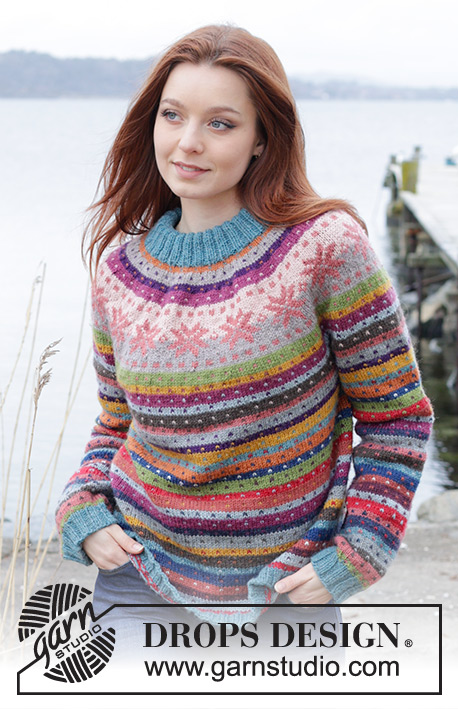 |
||||||||||||||||||||||||||||||||||||||||||||||||||||||
Pulovr s kruhovým sedlem a vyplétaným norským vzorem pletený shora dolů z příze DROPS Karisma. Velikost XS - XXL.
DROPS 245-5 |
|||||||||||||||||||||||||||||||||||||||||||||||||||||||
|
------------------------------------------------------- VYSVĚTLIVKY K NÁVODU: ------------------------------------------------------- VZOR: Viz schémata A.1 až A.4. Vybereme si schéma pro požadovanou velikost (vztahuje se na vzor A.1). Celý vzor pleteme lícovým žerzejem. TIP: Abychom předešli deformování pleteniny v místech s vyplétaným vzorem, dbáme na to, aby vlákna příze vedená za prací nebyla příliš utažená. Pokud má vzor přece jen tendenci se příliš stahovat, použijeme na vyplétání vzoru silnější jehlice. TIP – UJÍMÁNÍ (platí pro rukávy): Ujímáme 1 oko na každé straně značky takto: Začínáme 3 oka před značkou, 2 oka spleteme hladce, 2 oka upleteme hladce (značka leží mezi těmito oky), 1 oko sejmeme hladce, 1 oko upleteme hladce a sejmuté oko přes ně přetáhneme (= ujmuli jsme 2 oka). ------------------------------------------------------- PRÁCE ZAČÍNÁ ZDE: ------------------------------------------------------- PULOVR – JAK BUDEME POSTUPOVAT: Pleteme shora dolů v kruhových řadách a na kruhové jehlici. Nejdříve upleteme lem průkrčníku a sedlo. Od sedla pak oddělíme rukávy a trup dopleteme v kruhových řadách. Rukávy pleteme v kruhových řadách na krátké kruhové jehlici popř. ponožkových jehlicích. DVOJITÝ LEM PRŮKRČNÍKU: Na kruhovou jehlici č. 4 nahodíme modrozelenou přízí DROPS Karisma 96-100-104-108-112-116 ok. Převedeme práci na kruhovou jehlici č. 3 a upleteme 1 kruhovou řadu hladce. Potom pokračujeme v kruhových řadách pružným vzorem 2/2 (tj. střídáme 2 oka hladce, 2 obrace). Když je lem 10 cm vysoký, převedeme pleteninu na kruhovou jehlici č. 4. Upleteme 1 kruhovou řadu hladce a SOUČASNĚ rovnoměrně přidáme 24-28-32-36-36-36 ok = 120-128-136-144-148-152 ok. Pak upleteme ještě 1 kruhovou řadu hladce. Označíme si začátek kruhové řady - doprostřed zadního dílu vložíme značku. SEDLO MĚŘÍME OD TOHOTO MÍSTA. SEDLO: Viz TIP! Pleteme v kruhových řadách vzor A.1 (30-32-34-36-37-38 sekvencí po 4 okách) a SOUČASNĚ v každé řadě označené ve vzoru A.1 šipkou přidáváme takto: 1. ŠIPKA: Přidáme rovnoměrně 44-44-44-52-52-56 ok = 164-172-180-196-200-208 ok. 2. ŠIPKA: Přidáme rovnoměrně 40-40-44-48-52-52 ok = 204-212-224-244-252-260 ok. 3. ŠIPKA: Přidáme rovnoměrně 36-36-40-44-48-48 ok = 240-248-264-288-300-308 ok. 4. ŠIPKA: Přidáme rovnoměrně 0-8-8-16-20-28 ok = 240-256-272-304-320-336 ok. 5. ŠIPKA: Přidáme rovnoměrně 24-28-28-24-28-32 ok = 264-284-300-328-348-368 ok. 6. ŠIPKA: Přidáme rovnoměrně 16-16-20-20-20-24 ok = 280-300-320-348-368-392 ok. 7. ŠIPKA: Přidáme rovnoměrně 12-12-12-16-16-20 ok = 292-312-332-364-384-412 ok. 8. ŠIPKA: Přidáme rovnoměrně 8-12-8-12-12-16 ok = 300-324-340-376-396-428 ok. Ve výši 20-22-24-26-28-30 cm od značky rozdělíme pleteninu na trup a rukávy; SOUČASNĚ po dokončení sekvence vzoru A.1 na výšku pleteme vzor A.2. Upleteme 45-49-51-56-61-67 ok jako dosud (= polovina zadního dílu), odložíme následujících 60-64-68-76-76-80 ok na pomocnou jehlici (= rukáv), nahodíme 8-8-12-12-16-16 nových ok (= podpaží), upleteme 90-98-102-112-122-134 ok jako dosud (= přední díl), odložíme následujících 60-64-68-76-76-80 ok na pomocnou jehlici (= rukáv), nahodíme 8-8-12-12-16-16 nových ok (= podpaží), upleteme zbývajících 45-49-51-56-61-67 jako dosud (= polovina zadního dílu). Přízi odstřihneme. Trup a rukávy dokončíme samostatně. DÍL TEĎ MĚŘÍME OD TOHOTO MÍSTA. TRUP: = 196-212-228-248-276-300 ok. Doprostřed nových 8-8-12-12-16-16 ok v podpaží vložíme značku. Začínáme u značky a pokračujeme v kruhových řadách vzorem A.2 (dbáme na to, abychom pokračovali další kruhovou řadou vzoru ze sedla). Po dokončení sekvence vzoru A.2 na výšku, pleteme vzor A.3 až do výše 27 cm od podpaží – do konce zbývají asi 4 cm – dokončíme celý pruh. Pokud je pletenina kratší, pleteme vzor A.X až do požadované výše. Poté převedeme pleteninu na kruhovou jehlici č.3 a pleteme modrozelenou přízí. Upleteme 1 kruhovou řadu hladce a SOUČASNĚ přidáme rovnoměrně 40-40-44-52-56-60 ok = 236-252-272-300-332-360 ok. Dále pleteme lem pružným vzorem 2/2 (tj. střídáme 2 oka hladce, 2 oka obrace). Když je lem vysoký 4 cm, oka dle vzoru uzavřeme. Pulovr měří asi 54-56-58-60-62-64 cm od ramene. RUKÁVY: Odložených 60-64-68-76-76-80 ok jednoho rukávu vrátíme z pomocné jehlice na krátkou kruhovou jehlici nebo ponožkové jehlice č. 4 a navíc k nim nabereme po 1 oku z každého z 8-8-12-12-16-16 nových ok nahozených v podpaží = 68-72-80-88-92-96 ok. Doprostřed nových ok v podpaží vložíme značku - později ji využijeme při ujímání, snímáme ji proto během práce do aktuálně pletené kruhové řady. Začínáme u značky a pokračujeme v kruhových řadách vzorem A.2 (dbáme na to, abychom pokračovali správnou kruhovou řadou vzoru ze sedla). NEŽ BUDETE POKRAČOVAT, PŘEČTĚTE SI POZORNĚ CELÝ NÁSLEDUJÍCÍ POPIS! Po dokončení sekvence vzoru A.2 (na výšku) pleteme vzor A.4; SOUČASNĚ ve výši asi 4-4-4-2-2-2 cm od podpaží ujmeme na každé straně značky 1 oko – viz TIP - UJÍMÁNÍ. Takto ujímáme každých 3-3-2-1,5-1,5-1,5 cm výšky, celkem 12-12-16-18-20-20x = 44-48-48-52-52-56 ok. Pak pleteme až do výše rukávu 40-39-37-36-34-33 cm - dopleteme celý pruh - do konce nám zbývají asi 4 cm. Převedeme pleteninu na ponožkové jehlice č. 3. Upleteme 1 kruhovou řadu hladce a SOUČASNĚ rovnoměrně přidáme 4-4-4-8-8-8 ok = 48-52-52-60-60-64 ok. Pak pleteme lem pružným vzorem 2/2 (tj. střídáme 2 oka hladce, 2 oka obrace). Když je lem vysoký 4 cm, oka dle vzoru uzavřeme. Rukáv měří asi 44-43-41-40-38-37 cm od podpaží. Stejným způsobem upleteme i druhý rukáv. DOKONČENÍ: Lem průkrčníku přeložíme napolovic do rubu a přišijeme, dbáme na to, aby byl šev pružný - jinak se bude lem kroutit a ohýbat na lícovou stranu. |
|||||||||||||||||||||||||||||||||||||||||||||||||||||||
Vysvětlivky ke schématu |
|||||||||||||||||||||||||||||||||||||||||||||||||||||||
|
|||||||||||||||||||||||||||||||||||||||||||||||||||||||
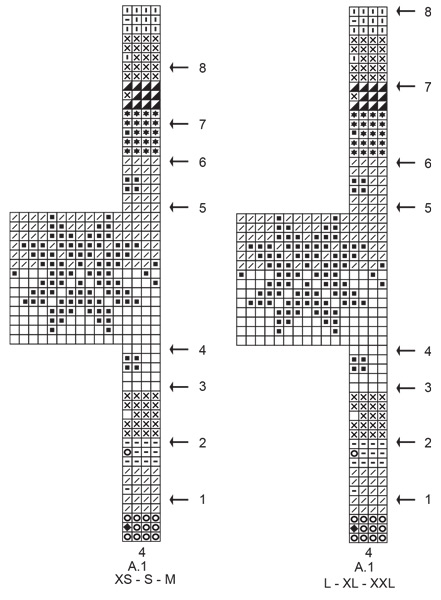
|
|||||||||||||||||||||||||||||||||||||||||||||||||||||||
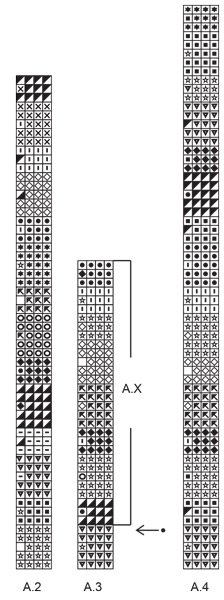
|
|||||||||||||||||||||||||||||||||||||||||||||||||||||||
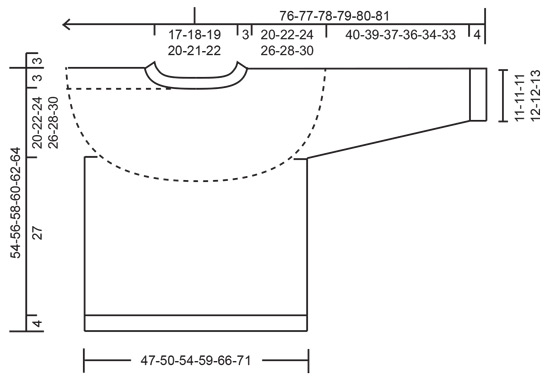
|
|||||||||||||||||||||||||||||||||||||||||||||||||||||||
Dokončili jste tento model?Pak označte své fotky tagem #dropspattern #decembercarnivalsweater nebo je pošlete do galerie #dropsfan. Potřebujete s tímto návodem poradit?Otevřete-li si návod na stránce garnstudio.com, najdete tam 27 výukových video-ukázek, Komentáře/Dotazy a další užitečné informace. © 1982-2025 DROPS Design A/S. Vyhrazujeme si veškerá práva. Tento dokument, včetně všech jeho dílčích částí, podléhá autorským právům. Podrobnější komentář k možnostem užití našich návodů najdete dole pod každým návodem na našich stránkách. |
|||||||||||||||||||||||||||||||||||||||||||||||||||||||







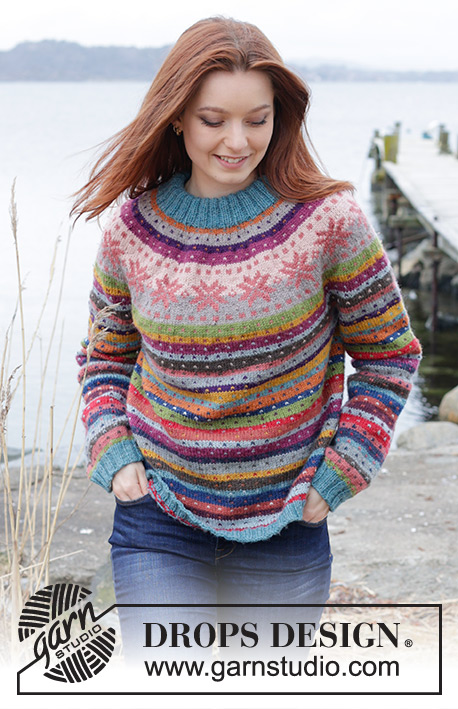
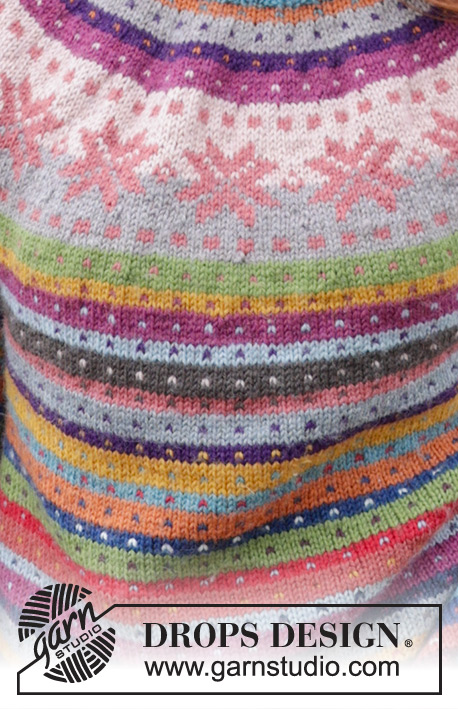


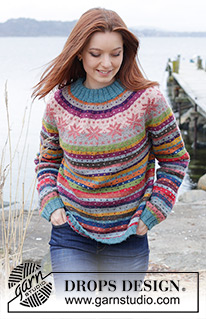

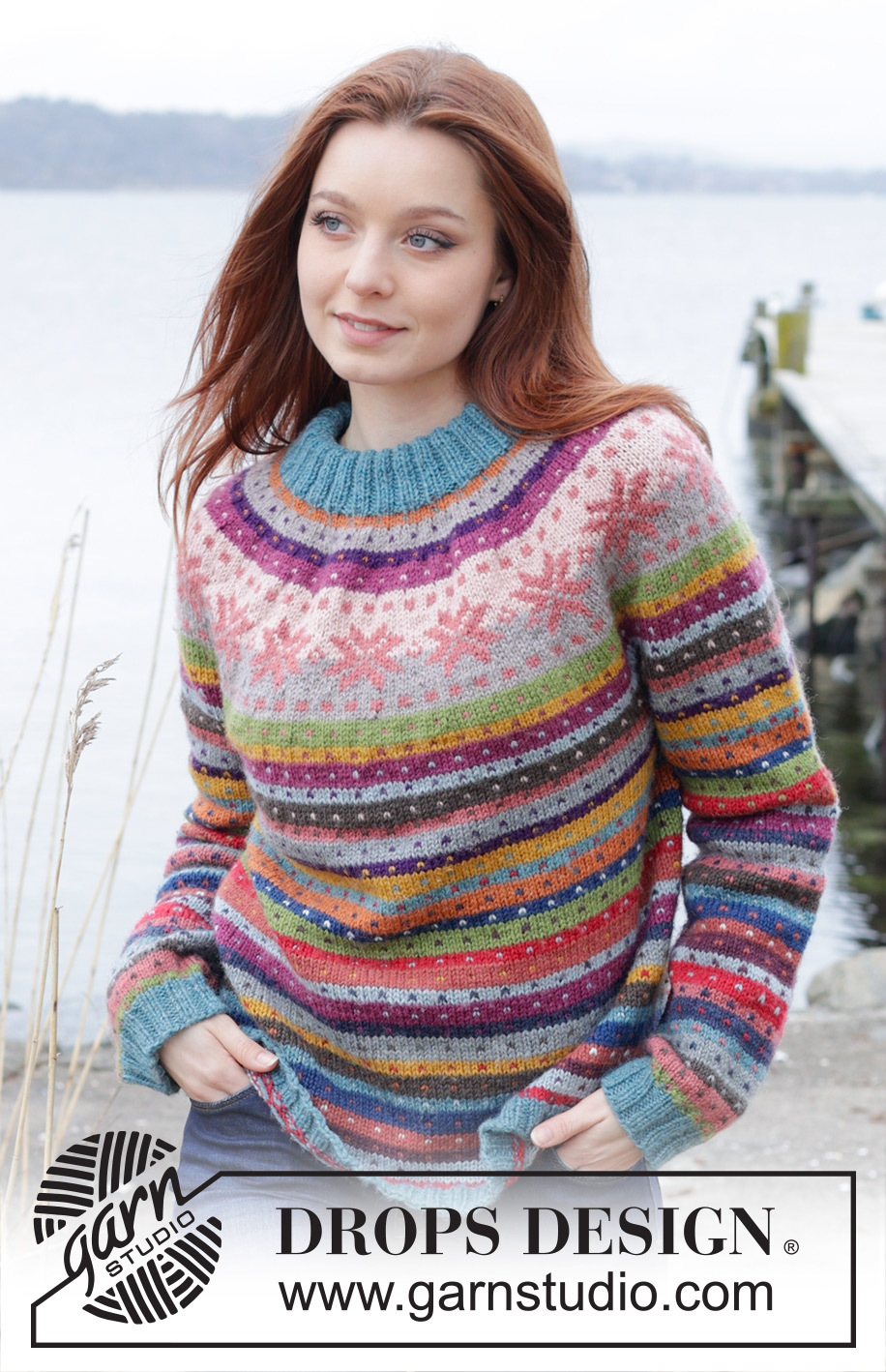
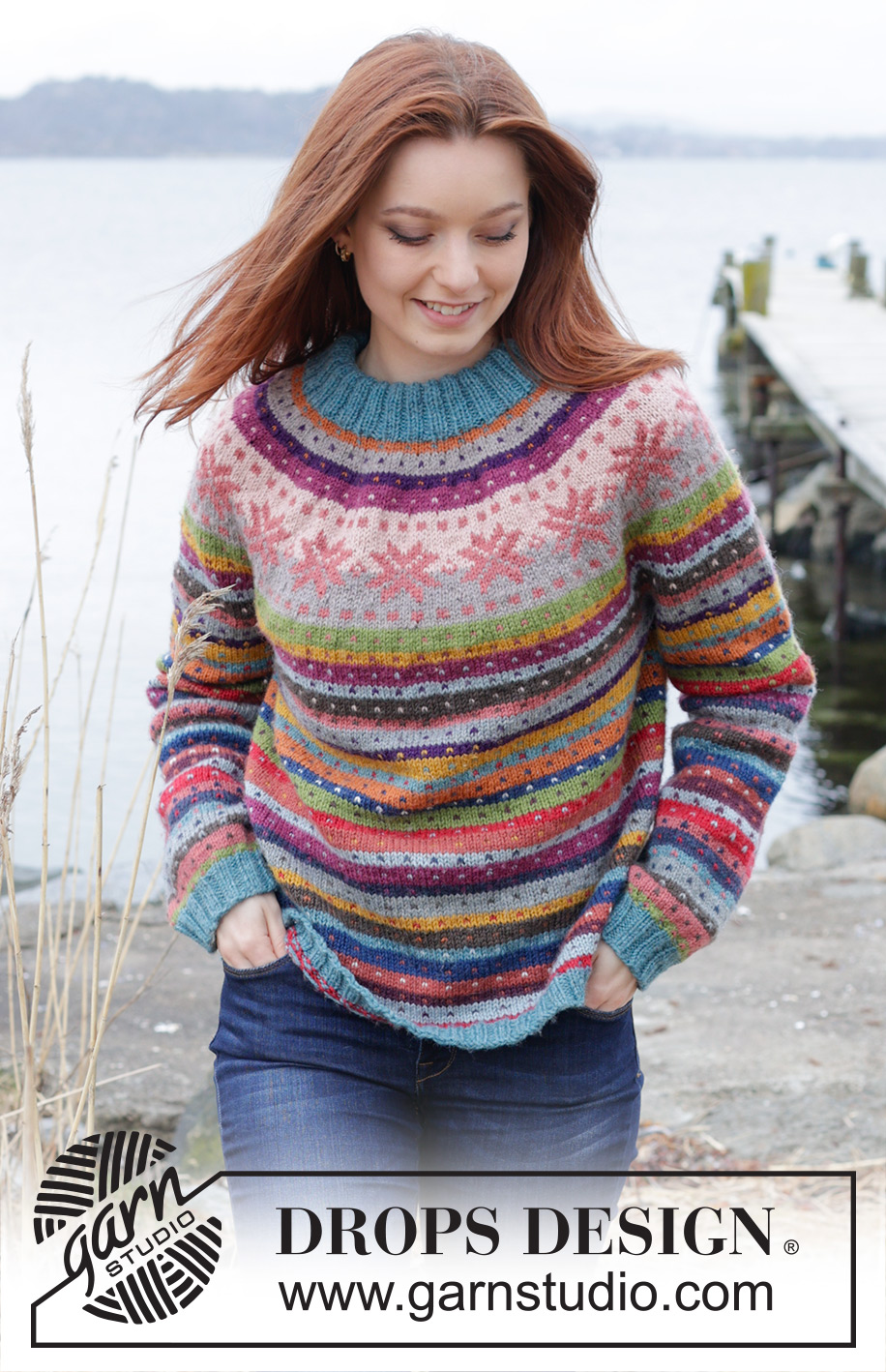

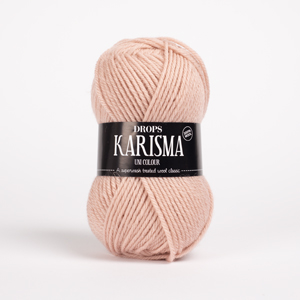

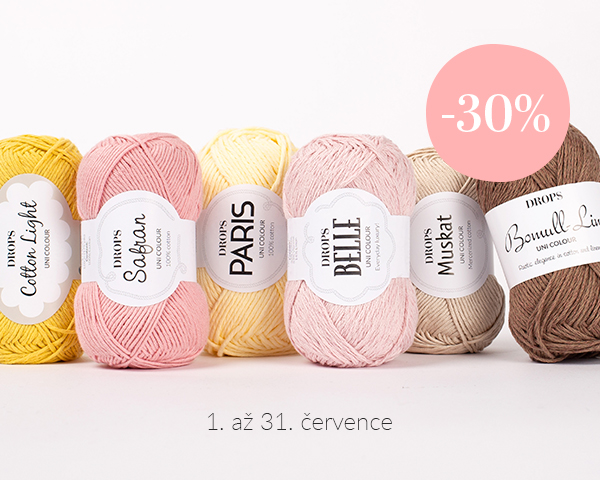






























































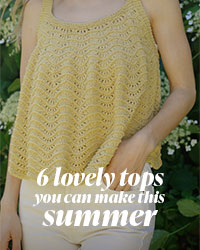

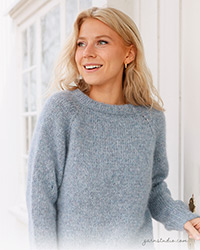
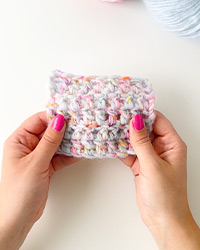
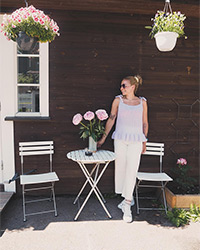
Přidejte komentář k návodu DROPS 245-5
Rádi bychom věděli, co si o tomto modelu myslíte!
Pokud se chcete na něco zeptat, dbejte prosím na to, abyste ve formuláři níže vybrali správnou kategorii - díky tomu se dříve dozvíte, co potřebujete vědět. Povinná pole jsou označena *.